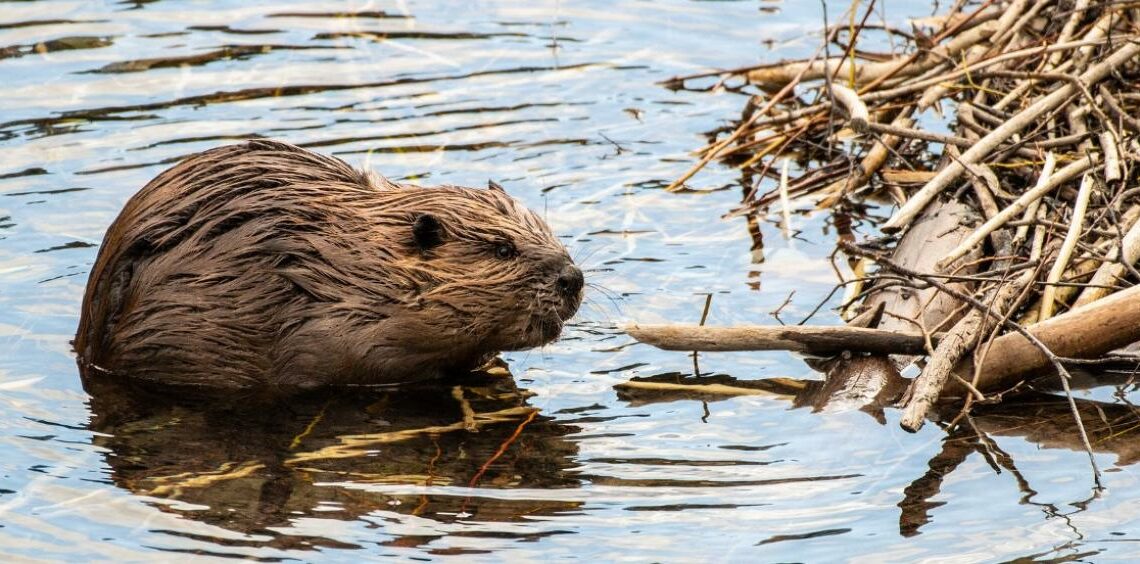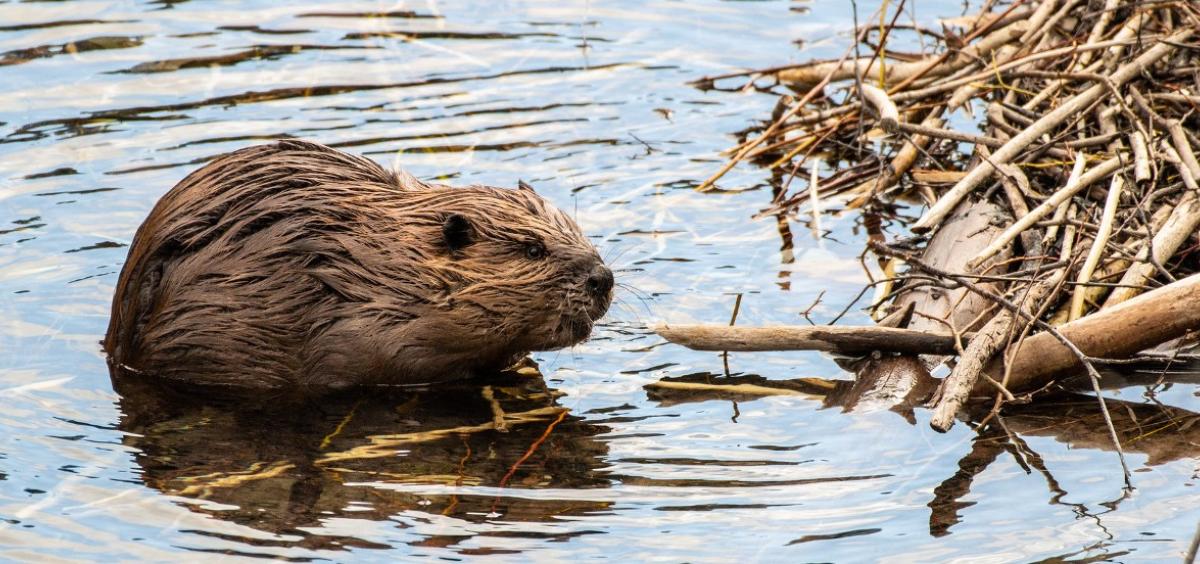
Scientists Release Plan To ‘Rewild The American West’
Listen
Amid droughts, wildfires, and climate change, a group of scientists are proposing a plan to, quote, ‘rewild the American West.’ Correspondent Lauren Paterson reports.
(Runtime 1:06)
Read
William Ripple is a professor of ecology at Oregon State University. In a paper published this week in BioScience, Ripple and 19 other authors suggest using portions of federal lands in 11 western states to establish new habitat for the beaver and gray wolf.
They argue wolves and beavers improve biological diversity. Wolves by preying on grazing animals, which will allow more plants to grow. And beavers by creating ponds and wetlands.
“The reason we want to do this is because wolves and beaver are considered keystone species. And that means that even in low abundance, they have very strong effects on the environment,” said Ripple.
“And these we feel will be positive effects on the ecosystems of the American West.”
Ripple said once the beavers and wolves are back in better numbers, they’ll help protect the scores of other threatened and endangered species.
The plan could be disruptive for ranchers, who often have grazing allotments on federal land for their livestock. The scientists propose compensating ranchers who retire their grazing allotments and stop leasing the land.
The wetlands and streams created by beavers act as firebreaks that could slow wildfires, another big issue in the west.
Ripple said the plan could help accomplish some of the goals of President Biden’s America the Beautiful plan. It calls for conserving and restoring 30 percent of American land and water by 2030.
















